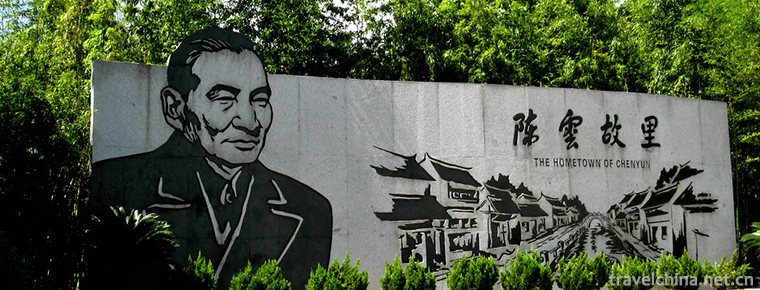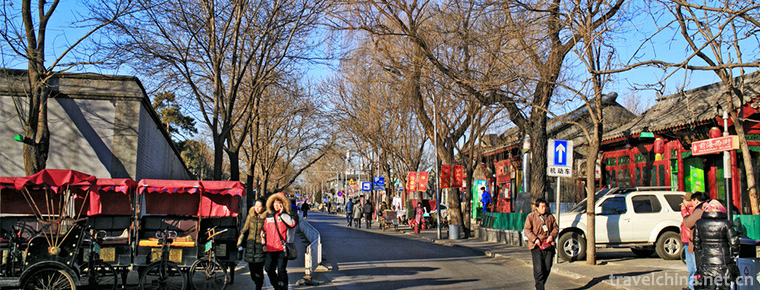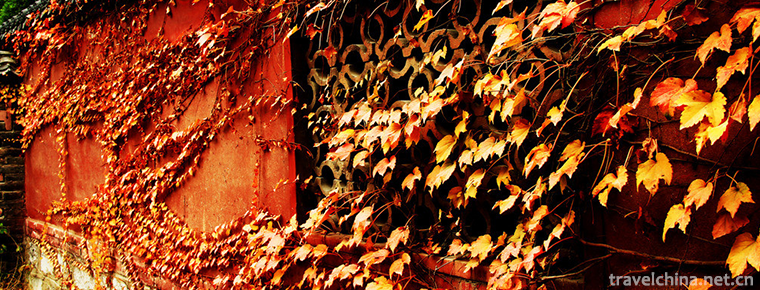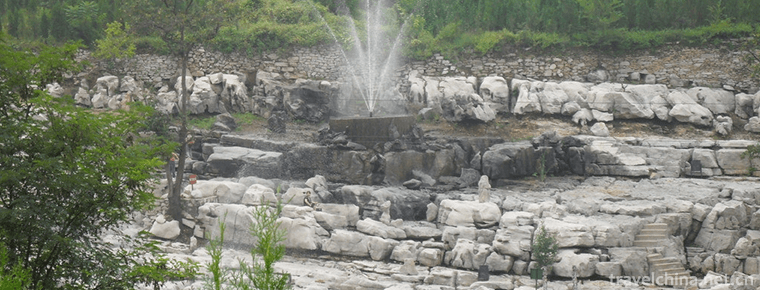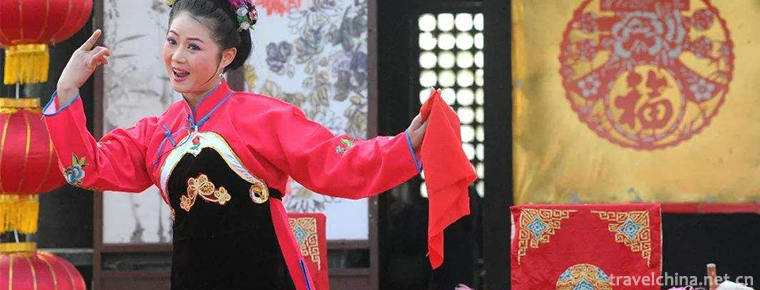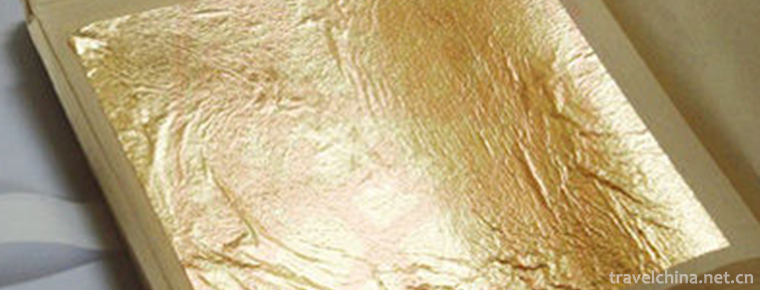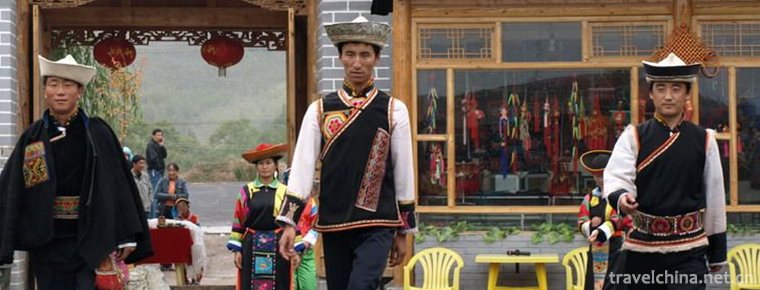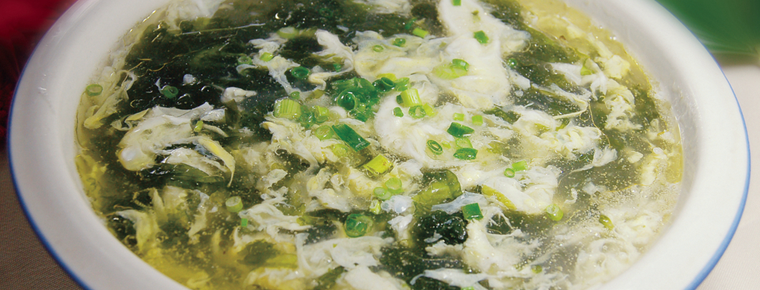Uygur Dastan
Uygur Dastan
Uygur Dastan is a kind of Uygur singing and playing music. It is a kind of long narrative poem with rap and singing. It is a long poem with complete stories and characters. It is a folk art form with a long history. Music is narrative and lyric. From the 3rd to 7th centuries AD, a Uygur folk book called Alifu was circulated. Dastan's work of El Tu'er sings El Tu'er, the people's hero. Its music is deep and euphemistic, with ups and downs in tune, paying equal attention to narration and lyricism, and playing accompaniment of Boer, Dutal and Gervalf with musical instruments, which is well received by the masses. As early as the 1940s, it was moved to the stage. It has been playing for a long time because of its moving plot and beautiful music. .
On June 7, 2008, "Uygur Dastan" declared by Xinjiang Uygur Autonomous Region was listed in the second batch of national intangible cultural heritage list with the approval of the State Council.
historical origin
"Dastan" is a form of folk art with a long history in Xinjiang Uygur. "Dastan" is Uygur, meaning "narrative poem". Dastan, as a kind of music, is characterized by rap and singing long rhyme stories. Narrative Long Poetry has become a form of rap and singing performance because Uygur people borrow the tune selection from the large-scale music suite of their own nation and the ancient Mukam to sing and perform.
Legend has it that as early as the 3rd to 7th centuries A. D., Uygurs living in Xinjiang, China, had a Dastan program called "Ali Fu El Duer'a", which showed the heroic deeds of the national hero El Duer'a. From then on, the performance of heroes became a tradition of Dastan's rap and singing.
artistic characteristics
Manifestation
In Dastan's performance, one or three performers perform, in which the main actor plays by himself with the national musical instruments, such as Jewafu or Dutal, Puntar, Shatar, etc. Other actors sang in festivals such as drums or stones. The venues for the performances are also flexible. They can be performed in fairs, teahouses and banquets. It is said that the famous heroic epic of the Kirgiz people in Xinjiang, "Manas", was also performed and circulated in the form of Dastan. According to legend, Sjti is the most famous artist who plays and sings in Dastan. His deeds were compiled into a Dastan performance called "Hans Etti".
primary coverage
Uygur Dastan reflects a wide range of content, including historical events, heroes, love stories, etc. It reflects the history and real life of working people, but also reflects the national folk culture, aesthetic value and philosophy. According to the content and form of Uygur Dastan, it is divided into hero Dastan, love Dastan, historical Dastan and Jiangnamai (religious Dastan).
Uygur hero Dastan, whose length is long and involves a wide range of life, takes major historical events and heroic legends as the theme, and reflects the Uygur myths and legends in the form of poetry, as well as the war between tribes and nationalities and the great achievements of heroes. Such as: The Biography of Ugus, Chintomur Baur, The Son of the Tomb (gor oghli), Yusuf Ahmaiti, Alip Altunga, Rutem dastani, etc. Take "The Biography of Ugus" as an example: The Biography of Ugus is divided into two parts. The first part describes the birth, growth and sweating experience of Ugus. The second part describes the war stories of Uguskan, including the creation myth, national origin legend, folk beliefs, customs and habits of ancient Uighurs.
The content of Uygur love Dastan includes fantasy love plot and life love plot. Fantasy love Dastan takes the hero falling in love with beautiful fairies as the beginning of the story, struggling with demons and monsters, taking painstaking efforts to get the fairy's love as the content, full of rich fantasy color. For example, kemershah we shemsijanan, horlika-hamrajan and senuber. Dastan's real love life as a clue mainly reflects young people's yearning for and pursuit of free love, and exposes the tragedy brought about by social interference in young people's love and marriage at that time. For example, "Aliv and Sai Nam", "Tahir-Zuhora", "Palhard-Siren", "Laili-McGinnon", "Rebiya and Saidin", "Kizilgulum", "Kakkuk and Zayep" are the representative works of Uygur life love Dastan.
The historical Dastan of Uygur takes the important events and the activities of historical figures as the theme, mainly describes the dedication of historical figures for the benefit of the people. His representative works include Nozigum, Stinoch, Abdul Rehmann and Zhuo, etc.
The main theme of Jengname is the religious wars that took place during the period of Islam's introduction into Xinjiang. It describes the war scenes between Uighurs who accepted Islam and Uighurs who refused to accept Islam and Uighurs who believed in Buddhism in Hotan, and the heroic achievements of some of the leaders who emerged in the war. This kind of Dastan retains the expressive techniques of Turkic-speaking national heroic epics.
Current situation of inheritance
According to the first National Report on the Protection and Development of China's Intangible Cultural Heritage (2011) issued by the China Research Center for intangible cultural heritage in Beijing, there are embarrassments in the protection of Chinese folk literature, such as the aging of representative inheritors, the lack of identification criteria for directories at all levels, the difficulty of joint declaration and the difficulty of intellectual property protection. The average age of inheritance of "non-legacy" is over 70 years old.
Especially, the two major problems are the aging of inheritors and the lack of identification criteria for directories at all levels. At present, the oldest representative successor of the national intangible cultural heritage project is Shah Maimaiti of the Uygur Dastan project, who is 101 years old.
Inheritance and Protection
Uygur Dastan has been handed down from generation to generation in the form of folk narrative performers (Dastan Chimeddah), so Dastan Chi plays an important role in the creation, circulation and preservation of Uygur Dastan. Dastanchi is a folk artist with certain artistic talent. First of all, they have a strong ability of language expression. They earnestly study the stories of various subjects spread among the people, and have a concise, vivid and refined folk language. They can narrate their works profoundly and vividly. Secondly, most of Dastanch is good at music. The prose part of Uygur Dastan is narrated in oral language, while the rhyme part is narrated in the form of songs. So as Dastan, he should not only memorize Dastan's text, but also master Dastan's melody. It can be said that Dastanch is also a folk musician. They are skilled in folk music and play different instruments. Thirdly, Dastan is as good at performing arts as a theatre actor. Their performances vary according to the gender, age, social status, occupation and personality of the characters in Dastan. Their facial expressions and gestures change accordingly, describing the content of Dastan vividly and vividly with different rhymes and tones.
National festivals, Bazaar (market), Mazaar tours, and workplaces are the big stage for Dastanchi to show their talents and wisdom. These places are the main places for farmers to socialize and have a large number of people. Dastanchi's excellent performances in these places deeply attract the audience. Dastan has been disseminated, preserved and developed under such a cultural background.
Inheritance Significance
Uygur Dastan has a wide range of contents and diverse subjects. Although a certain number of Dastan have been collected, the collection is still incomplete, and the research on its rap and singing performance art is also scarce. The performance content, skills and characteristics of Dastan (folk narrative performers) are the living form of Uygur Dastan and the charm of Uygur Dastan. Therefore, the protection, inheritance and development of Uygur Dastan's text, especially its performing arts, is particularly important.


-
Silver Beach
Beihai Silver Beach is a tourist attraction of Beihai City. It is located in Yinhai District of Beihai City, Guangxi. It starts at the fishing port of Qiaogang Town in the West and reaches Guansha in .
Views: 307 Time 2018-12-26 -
Chen Yuns former residence and Qingpu Revolutionary History Memorial Hall
Chen Yun's former residence and the Qingpu Revolutionary History Memorial Hall are the only Memorial Hall in the country that systematically demonstrates Chen Yun's life achievements approved by the C.
Views: 125 Time 2019-01-05 -
Guo Moruos Former Residence in Beijing
Guo Moruo's former residence is located at No. 18, Qianhaixi Rim, Xicheng District. Originally a garden in Heling in Qing Dynasty, it became the forage yard and stables of Yixian Mansion of Prince Gon.
Views: 352 Time 2019-01-13 -
Liao Zhai City
Liaozhai City was invested and built by Pujiazhuang, Zichuan. It is a large-scale famous garden scenic area with gardens as its manifestation and Liaozhai stories as its theme.
Views: 150 Time 2019-01-30 -
Kaiyuan Cave Tourist Area Zibo
The karst cave in Kaiyuan is named for the cliff stone carvings in Kaiyuan period of Tang Dynasty. It is large and tall with a length of more than 1100 meters. It is divided into six halls. The natura.
Views: 125 Time 2019-03-21 -
Liuqin drama
Liuqin Opera, a local traditional drama in Zaozhuang City, Shandong Province, is one of the national intangible cultural heritage..
Views: 141 Time 2019-05-14 -
Forging Technology of Nanjing Gold Foil
Nanjing gold foil forging technology, local traditional handicraft in Nanjing, Jiangsu Province, is one of the national intangible cultural heritage..
Views: 111 Time 2019-06-07 -
Tu Costume
Women usually wear embroidered small collar and long slant-skinned shirt. The sleeves are made of red, yellow, orange, blue, white, green and black seven-color cloth rings. They are bright and beautif.
Views: 187 Time 2019-06-23 -
Seaweed and Egg Soup
Porphyra and egg flower soup is a kind of instant soup. It is a traditional after meal soup in Sichuan. Its main ingredient, Porphyra and egg, have high nutritional value. It is widely loved because o.
Views: 104 Time 2020-03-18 -
Batang Tuanjie steamed stuffed bun
The Tuanjie steamed bun was not invented by the 18th army when it entered Batang. In the old days, Tuanjie steamed bun, to be exact, was made by Batang ancestors hundreds of years ago. Moreover, it has been handed down to the present day..
Views: 234 Time 2020-12-06 -
Guangan landform
The topography of Guang'an City is fan-shaped distributed between the hills and parallel valleys in eastern Sichuan, which belongs to the Sichuan basin bottom extending to the basin periphery gradually. The Huaying mountains, which run through the so.
Views: 102 Time 2020-12-19


